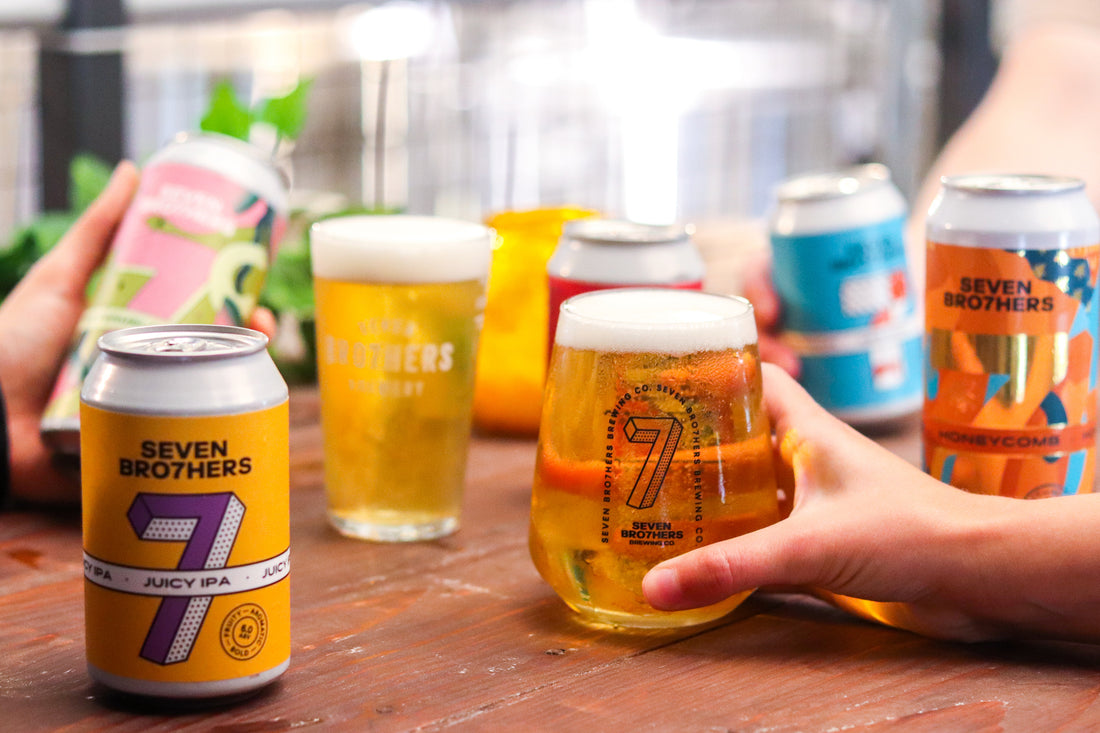A definition for the curious: all beers are either ale or lager. So ‘ale’ is a very broad category of drink indeed, with a wide range of looks, tastes and mouthfeels.
Let’s dive in to find out more about this life-affirming drink.
Ale vs Lager
The difference between ale and lager is this:
Ale is brewed using a warm fermentation method (between 15 and 24°C) and top-fermenting yeast. Lager is brewed using cold fermentation (between 7 and 13°C) and bottom-fermenting yeast. Due to the different methods, different yeasts are used for each, and ale usually has a bittering agent (ie. hops) to balance out the flavour of the malt and act as a preservative.
The history of ale goes back a long way. It was an important source of nutrition in the medieval world (so you can consider it a health food… sort of!). It was one of the main sources of grains in the medieval diet, which explains why ‘small beer’ became so popular. Small beer – what we’d now refer to as table beer or session beer – contained just enough alcohol to act as a preservative without making people drunk. Hence the use of the expression nowadays to signify something of little importance. This type of ale was imbibed by pretty much everyone, including children, and it was said to be safer than the frequently contaminated water. Monks at Westminster Abbey were said to drink a gallon of the stuff a day!
What colour is ale?
It depends on the variety. Brown ale, for example, will be dark brown in colour, while pale ale – as the name suggests, will be paler. In general, compared to lagers, ales will be darker and browner, and sometimes cloudier.
What does ale taste like?
The main thing you’ll notice with an ale – as opposed to a lager – is a slightly bitter, hoppier taste, with occasional fruity notes.
Different types of ale you might find are brown ale, pale ale, India pale ale (IPA), golden ale, Scotch ale, mild ale, Burton ale, old ale, cask ale, and Belgian ale. They differ by geography, ingredients, colour, brewing time, and of course, flavour.
When ale is fermented above 24°C, the yeast can produce esters (useful chemical compounds that often have sweet aromas), resulting in slightly more fruity flavours like apple, pear, pineapple and so on. Fruits can of course be added during other stages of the brewing process for different flavour profiles.
How strong is ale?
In general, ales have higher alcohol content than lagers. This is thanks to the yeast involved, which is better-suited to withstand a higher-alcohol environment.
So you’d expect to see ales ranging from around 4-6% for standard ales, or 6-8% for stronger brews. Our core range of ales goes from 3.8% up to 7.4%
If you’re in the mood for an ale you can check out our online store, or head to the beerhouse for a pint.
